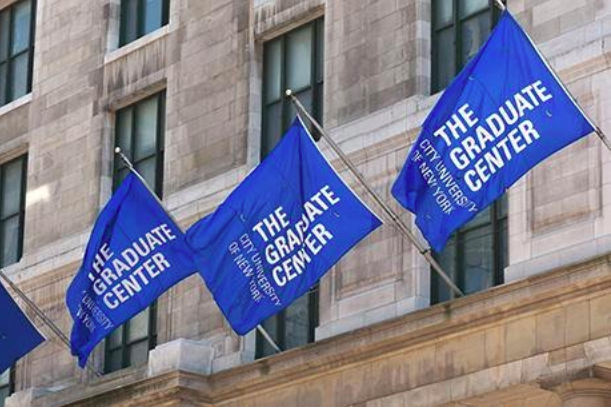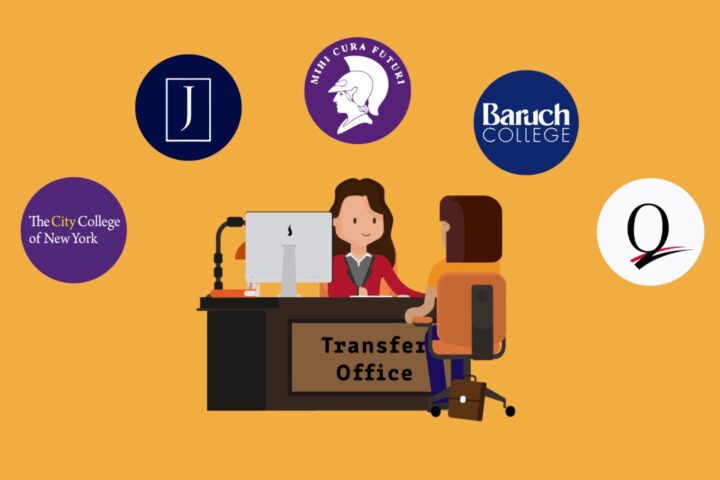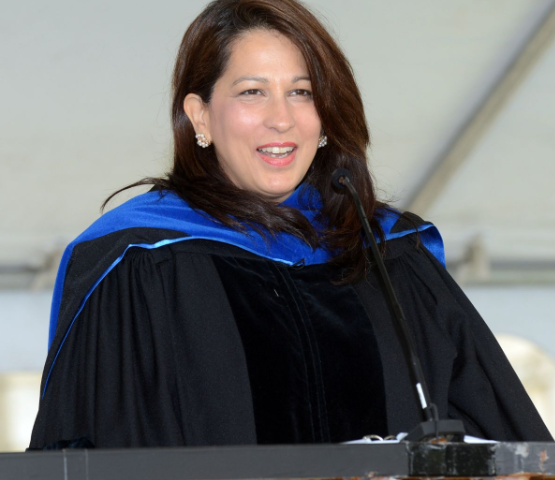Among the different assessments that potential teachers must take for New York State certification, one is especially controversial for its standards—edTPA.
Developed by Stanford University, the assessment requires students to submit a portfolio that includes of commentaries, student work and at least one video of them teaching. The latter requires parental consent of kids in the video, a challenge for those taking the test.
After New York required its use in 2014, the teacher assessment test was by unions and groups, including the American Federation of Teachers and New York State United Teachers.
Beverly Falk, director of the Graduate Programs in Early Childhood Education at City College of New York, supports edTPA. She explained that, when edTPA was first developed, many educators sought a new teacher assessment test “designed by the profession [and] for the profession.” This is in contrast to standards created by lawmakers.
“The edTPA was designed to allow prospective teachers demonstrate what they know and could do showing work that they’ve done with students,” Falk said.
Falk also noted it is better than using fill-in-the-bubble tests to see a student’s ability as a teacher.
“In that sense, they are a step forward,” she said.
But David Gerwin, a professor of Social Studies Education at Queens College, disagrees with the test.
“I don’t want anyone to force me or my students to take the edTPA,” he said.
Gerwin pointed out the timeline of the test was a major issue. It was first announced in 2012 and then required for graduates two years later. This meant there was not enough time to enact the program without problems, which Falk agreed on.
“The implementation time did not provide enough opportunity or time for people to prepare the program or their students,” Falk said.
In addition, the Race To The Top plan, first proposed by President Barack Obama’s administration, is cited as a contributor to edTPA’s rise.
The executive program provided $5 billion in funding for states that improve their education system. New York decided to enact edTPA for the funding. The state received more than $700 million from Race To The Top.
“Those of us who supported having a performance assessment for teacher certification had no control or influence over the state education department,” Falk said.
Korell Pierson, a professor at the Brooklyn Lab School and QC alum that graduated in May 2014, was one of the first students to take edTPA as a requirement. He was also one of the first to fail.
“We didn’t have enough time to prep for it,” he said.
He recalled, throughout his program, many teachers did not know much about edTPA or how to prepare students for it. As a result, teachers taught as much as they could.
“Everything was being unveiled right at the time of it being implemented,” Pierson said.
Before graduating, a job was available for Pierson after he received his certification. However, after receiving the results of the edTPA and waiting to take ATS-W, the school season started and he did not get the job. Pierson was forced to become a substitute teacher. Today, he is the Chairperson of the Social Studies Department at Brooklyn Lab School.
Zoe Spanos, 26, and John Spanos, 30, are siblings and seniors majoring in education at QC and must take edTPA.
The two decided to create an online petition against edTPA, which more than 700 people signed.
“There’s no proof that it’s effective,” Zoe Spanos said.
“EdTPA is all about rubrics and putting you in this box. It’s not very realistic,” John Spanos said.
They also said edTPA takes away from the learning experience and focuses more on testing.
“You want to learn as much as you can from the teachers. But, at the end of the day, what you end up doing is just worrying about the edTPA,” Zoe Spanos said.
For now, edTPA remains a requirement for New York graduates. But Pierson noted it does not show the teaching ability of students.
“EdTPA will never really define how somebody is going to do in the classroom,” Pierson said.














